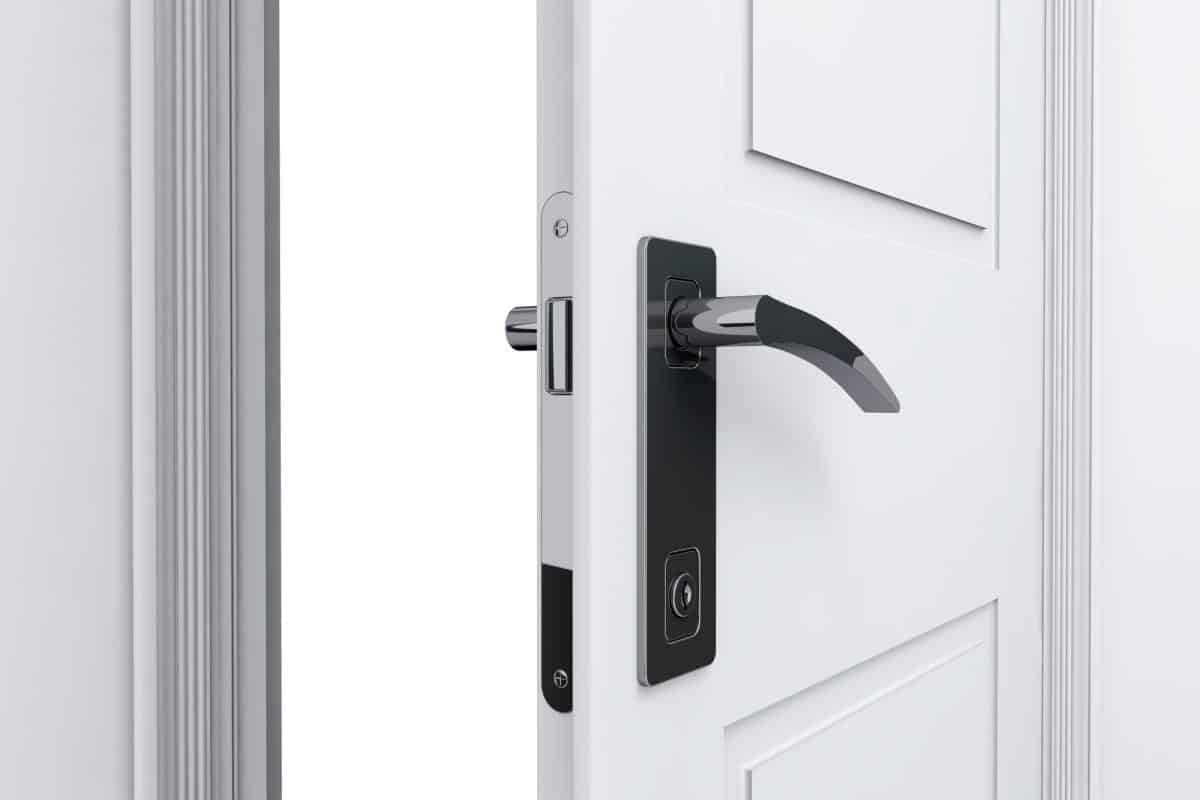Imagine the exasperation of constantly battling doors that have a mind of their own, slamming shut at the slightest breeze or mere presence. It’s a frustrating dance that can leave you feeling both irritated and powerless. But fear not! This comprehensive guide will empower you with the knowledge and skills to fix self-closing doors and restore harmony to your home.

Image: www.interiorsplace.com
Understanding the Forces at Play
Self-closing doors rely on the principle of a spring mechanism that exerts force to shut the door. This mechanism can be located in the door frame, the door itself, or the hinges. When the door is opened, it compresses the spring, storing energy. As the door swings closed, the spring releases this energy, pulling the door along.
Identifying the Culprit
Before embarking on any repairs, it’s crucial to pinpoint the source of the problem. If the door closes too quickly, the spring tension may be too high. Conversely, if it swings shut too slowly or fails to close completely, the tension may be too weak.
Troubleshooting the Common Causes
-
Misaligned Strike Plate: Ensure the strike plate (the metal plate on the door frame where the latch engages) is aligned correctly. If it’s off-center, it can cause the door to catch or close too slowly.
-
Worn Hinges: Over time, hinges can become loose and worn, allowing the door to sag and creating uneven closing.
-
Faulty Pneumatic Closer: Pneumatic closers are devices that use compressed air or gas to assist with door closing. If the closer is malfunctioning, it can affect the closing force.
-
Improper Spring Tension: As mentioned earlier, the tension of the spring mechanism plays a pivotal role. If it’s too tight or too loose, it can disrupt the proper closing of the door.

Image: www.pinterest.com
Step-by-Step Repair Solutions
- Adjust the Strike Plate:
- Use a screwdriver to loosen the screws holding the strike plate.
- Shift the plate slightly to align it accurately with the latch.
- Retighten the screws securely.
- Tighten Hinges:
- Examine the screws on the hinges and tighten any that are loose.
- If necessary, remove the hinge and apply some lubricant to reduce friction.
- Troubleshoot the Pneumatic Closer:
- Consult the manufacturer’s instructions for specific troubleshooting steps.
- Check for any visible damage, leaks, or unusual noises.
- In some cases, replacing the closer may be necessary.
- Adjust Spring Tension:
- Locate the spring adjustment screw on the door closer.
- Rotate the screw clockwise to increase tension or counterclockwise to decrease it.
- Test the door to ensure the desired closing speed and force.
Preventative Measures for Lasting Results
-
Regular Maintenance: Periodically check your doors for proper alignment, tight hinges, and smooth operation.
-
Use Door Stops: Install door stops to prevent the door from swinging open too wide, which can strain the hinges.
-
Avoid Overloading Doors: Avoid hanging heavy objects on doors, as it can add unnecessary stress to the closing mechanism.
How To Fix Doors That Close On Their Own
Conclusion
Taming self-closing doors is an empowering endeavor that can transform your home from a battlefield of frustration to a haven of tranquility. By understanding the underlying forces, identifying the culprits, and employing strategic repair solutions, you can restore the balance and enjoy seamlessly closing doors that never fail to heed your command. Remember, with a little knowledge and perseverance, you can conquer the chaos and achieve harmonious door-closing bliss.